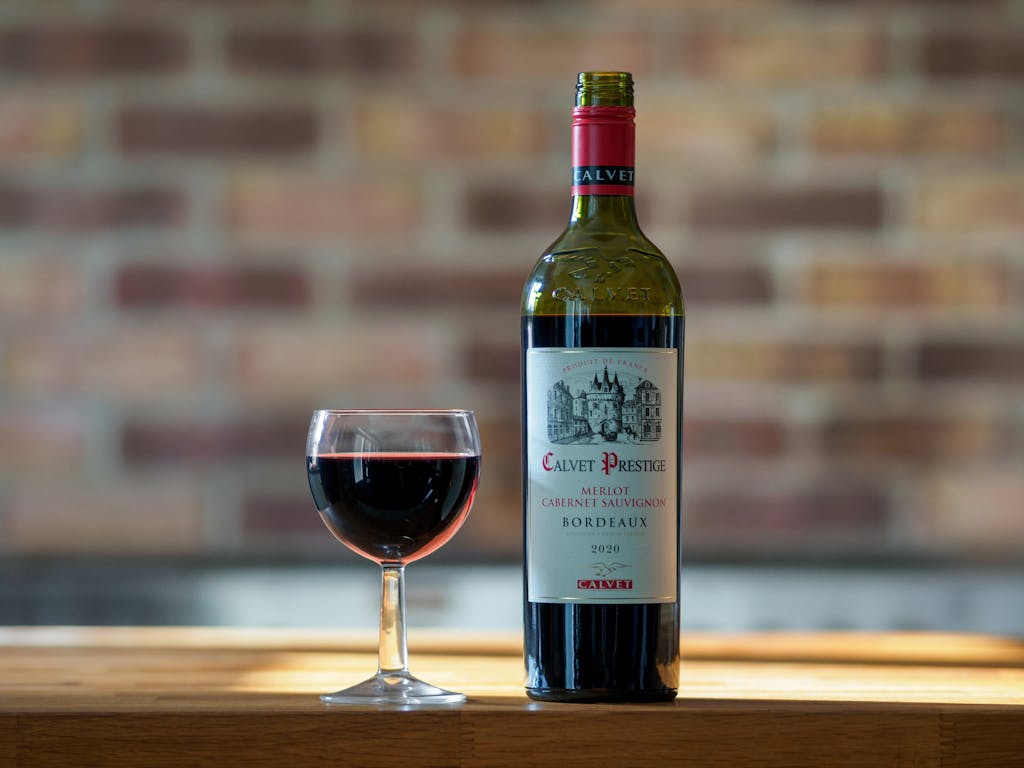Office attire has undergone a significant transformation over the decades, reflecting broader cultural, social, and economic changes. From the strict formalities of traditional suits to the more relaxed and versatile smart casual styles of today, the evolution of workplace dress codes tells a compelling story of how fashion adapts to the times.
The Era of Formal Business Suits
The early to mid-20th century marked the height of formal business attire. Men in the corporate world were expected to wear dark suits, white shirts, and ties, creating a uniform appearance that symbolized professionalism, authority, and reliability. Women’s office wear, though more varied, adhered to strict standards of formality. Tailored suits, modest dresses, and polished shoes were the norm. This era’s fashion was heavily influenced by the need for employees to project a serious and disciplined image, which was believed to reflect the company’s values and stability.
Post-War Changes and the Rise of Women’s Workforce
The post-World War II era saw significant shifts in the workforce, particularly with the increasing presence of women. Women’s office attire began to incorporate more variety, with the introduction of pantsuits, pencil skirts, and blouses becoming more common. This period also saw the beginnings of a more relaxed approach to office dress codes, though formality remained largely intact. The integration of women into the workforce necessitated changes in fashion, allowing for more practical and comfortable options while still adhering to professional standards.
The Influence of the 1960s and 1970s
The 1960s and 1970s were decades of cultural revolution and societal change, which were reflected in office attire. The rigid norms of previous decades began to loosen, influenced by the broader counterculture movement. Men’s suits became more colorful and varied in style, while women started to embrace more fashion-forward choices, including mini-skirts and bold patterns. The introduction of the polyester suit provided a cheaper and more flexible option for men, while women’s clothing saw an infusion of new materials and styles that challenged traditional norms. This period marked the beginning of the diversification of office attire, setting the stage for future changes.
The Casualization of the 1980s and 1990s
The 1980s and 1990s witnessed a significant shift towards casualization in office wear. The tech boom, particularly in Silicon Valley, played a crucial role in this transformation. Tech companies like Apple and Microsoft promoted a more relaxed work environment, which was reflected in their dress codes. The iconic “business casual” look emerged, characterized by khakis, polo shirts, and loafers for men, and more flexible options for women, including tailored trousers, blouses, and casual dresses. The introduction of “Casual Fridays” allowed employees to dress down at the end of the workweek, further cementing the trend towards a more relaxed dress code.
The Rise of Smart Casual
The late 1990s and early 2000s saw the rise of the “smart casual” dress code, which has become the standard in many modern workplaces. Smart casual blends the polished look of business attire with the comfort and flexibility of casual wear. For men, this might include chinos or dark jeans paired with a blazer and a button-down shirt. For women, smart casual can encompass a wide range of outfits, from dresses and skirts to tailored pants and stylish tops. This approach to office attire reflects a shift in workplace culture towards valuing individuality, comfort, and practicality without sacrificing professionalism.
Modern Trends and the Impact of Remote Work
The advent of remote work, accelerated by the COVID-19 pandemic, has further transformed office attire. With many employees working from home, the emphasis on formal office wear has diminished even more. Comfortable and practical clothing from designers like Froxx plus size clothing has become the norm, with an increasing acceptance of athleisure and loungewear as part of professional attire. However, the need to maintain a professional appearance in virtual meetings has led to a focus on the “waist-up” look – polished tops paired with comfortable bottoms.
Despite these changes, the importance of dressing appropriately for professional settings remains. Even in remote work environments, clothing choices can impact productivity and the perception of professionalism. This new era has also sparked discussions about the future of office attire, with many predicting a continued emphasis on flexibility and personal expression.
The Role of Technology and Sustainability
Technological advancements and a growing emphasis on sustainability are also shaping the future of office attire. Smart fabrics and wearable technology are being integrated into clothing, offering features such as temperature regulation and health monitoring. Additionally, the fashion industry’s push towards sustainability is influencing office wear, with a growing demand for ethically produced and environmentally friendly clothing options.
Women’s office attire continues to evolve with these trends. The modern workplace values versatility and practicality, and women’s fashion reflects this with pieces that can transition from professional to casual settings. Sustainable brands are becoming more popular, offering stylish yet eco-friendly options that align with the values of today’s workforce.
Conclusion
The evolution of office attire from formal suits to smart casual reflects broader cultural shifts and changing attitudes toward work and professionalism. As workplaces continue to evolve, so too will the fashion choices that define them. The future of office attire is likely to prioritize comfort, flexibility, and sustainability, ensuring that employees can express their individuality while maintaining a professional image.




